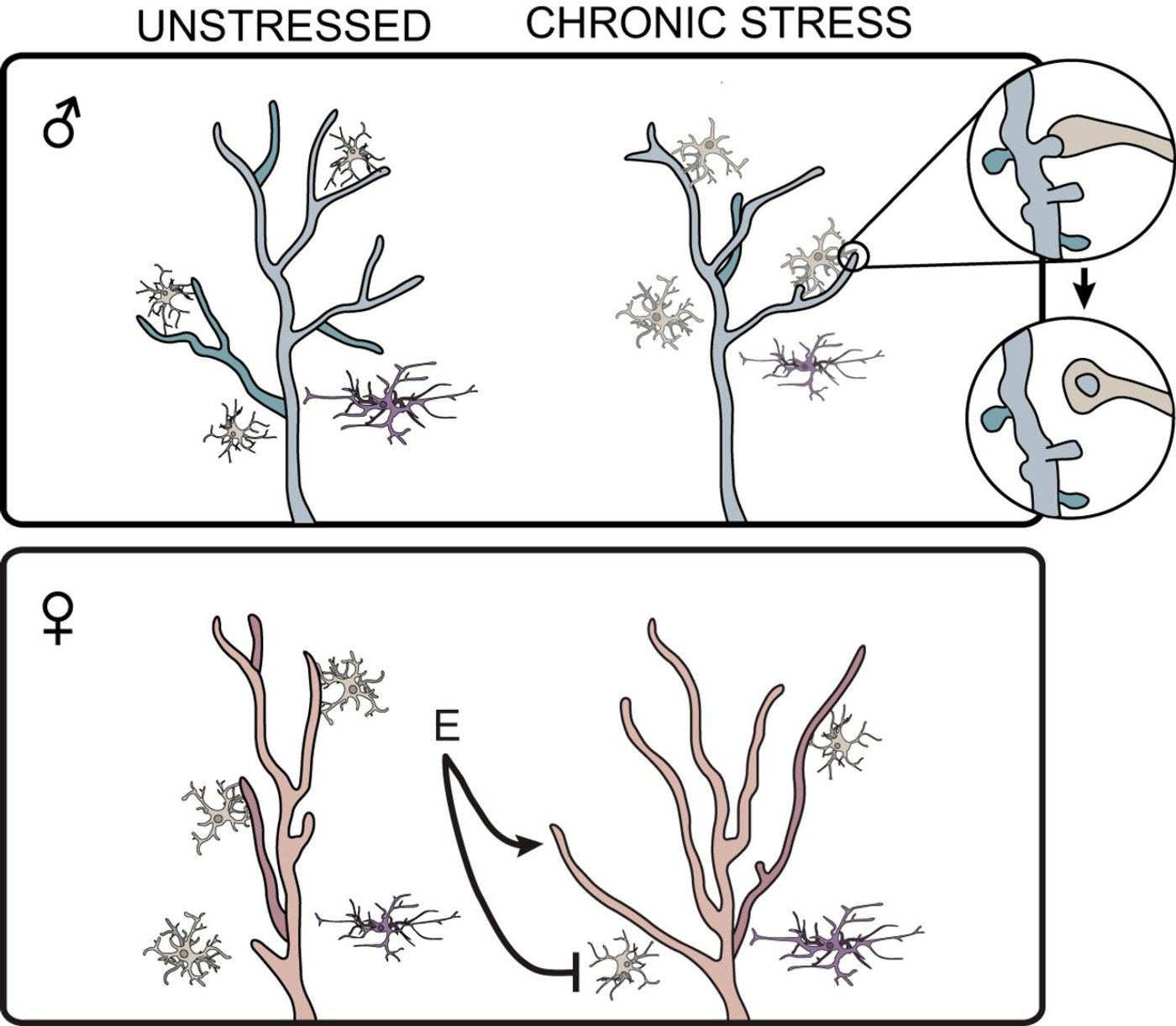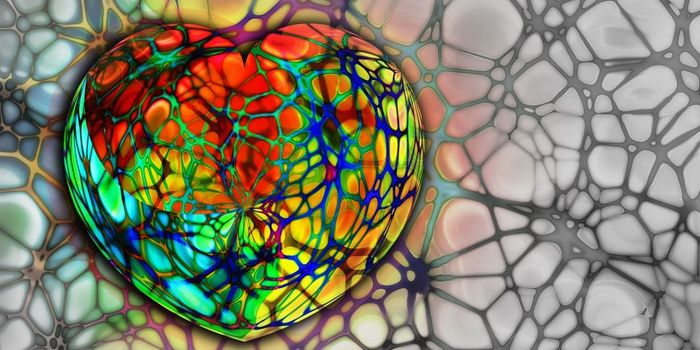After a semi-relaxed weekend, relatively stress Monday’s are good to learn more about stress and gender. Stress is a common denominator in everyone's life nowadays. However, there seems to be an evolutionary gender bias here.
Albert Einstein said that “ Women always worry about the things men forget; Men always worry about the things Women remember.”
Numerous polls and statistics over the years gathered on various subjects show that women tend to have higher stress levels than men. The statistics below published by the American Psychological Association is just one of the many showing the fascinating differences between men and women concerning stress.
Just as the levels are different, the way how it effects and how we cope is varied is gender specific. Why do women reach to another pint of ice cream and men go for another game to deal with stress? Why would know these underlying intricacies even important?
Men and women have widely different risks for developing psychopathologies. To name just a few, Schizophrenia, attention deficit hyperactivity disorders are more seen in men and depression, autoimmune, anxiety, dementia, post-traumatic stress disorders are seen more in women. Despite the gender, stress is a contributing factor to these pathologies, and thereby it’s critical to understand the stress related gender bias.
Dale Block, MD, CPE, Premier Family Care of Mason, says, “We’re beginning to understand that men and women react very differently to stress. In the next several years, you’ll begin to see that identifying different symptoms and patterns of stress in women may improve the early identification of early signs of depression, cardiovascular disease and overall poor functionality that have been undertreated by the medical profession.” See Dr. Dale Block talk about stress in the video below.
The hormonal differences between men and women is a significant contributor to how they react to stress. Previous Studies showed that men respond to stress by ‘Fight Or Flight' and women respond by ‘Tend And Befriend’ approach. This tend-and-befriend pattern seen in women could be from the dominant oxytocin neuroendocrine associated attachment-caregiving system.
Amanda Ezamn, a first-grade teacher, says how she gets through her stress "When it all piles up, I usually need to cry and get it all out. I talk and then talk some more and then some more, and then once I've had a chance to talk through all the things that bottle up inside me during the day, I usually feel better." This response sum’s up to how women, in general, respond via tend and befriend approach.
Alternatively, a recent study published by Bernadette Von Dawans and Colleges in Psychoneuroendocrinology, August 2018 showed that men increase prosocial behavior during acute stress by ‘tend-and-befriend’ approach. By subjecting men to stress test and monitoring their physiological responses, the authors found that men when exposed to acute stress, had elevated prosocial trustworthiness and sharing without affecting their non-social risk behavior.
Many biological, social and environmental factors play a role in how men and women differ in their endocrine stress reactivity. For more information on the endocrine stress axis and gender bias, read the review by Jens C Pruessner published in Current Opinion in Behavioural Sciences in October 2018. The following image taken from the manuscript outlines the interplay of factors on stress responsivity in men vs. women.
Men and women respond to and deal with stress differently. However, very little is known about how stress affects the corticolimbic regions that are gender specific. The research was done by Cara L. Wellman, lead author on the Journal of Neuroscience, Oct 31st, 2018 publication emphasizes the importance of understanding the changes in the neural circuitry of emotion, motivation, and cognition due to stress. Consistent stress resulted in gender-specific neuronal, glial remodeling and behavioral changes in rats and these changes were non-linear between males and females.
The researchers studied Corticotropin-releasing factor(CRF), a critical corticolimbic stress response modulator, glucocorticoid modulation of amygdala activity, alcohol responsiveness, prefrontal cortex neuronal and glial changes. Their findings show that
a) CRF receptors in locus ceruleus in women internalize the following stress and overexpress, while men show lower CRF response due to no internalization,
b) stress acts differently on alcohol intake in men vs. women with more long-lasting effects seen in men, c) glutamatergic excitatory postsynaptic potentials in response to activation of basolateral nucleus of the amygdala showed reduced amplitudes in men and blunted in women, and
d) men show an increased apical dendritic complexity in pyramidal cells, increased astroglial ramification, and reduced microglial activation when compared to women due to stress (Image below)
Gender-specific mechanistic studies are still at its infancy but understanding them is critical for elucidating the sex-specific psychopathologies and for the development of targeted treatments for men and women in the future.
Sources: Pubmed, WebMD, APA, Premier Health, Journal of Neuroscience, Current Opinion in Behavioural Sciences, Psychoneuroendocrinology











